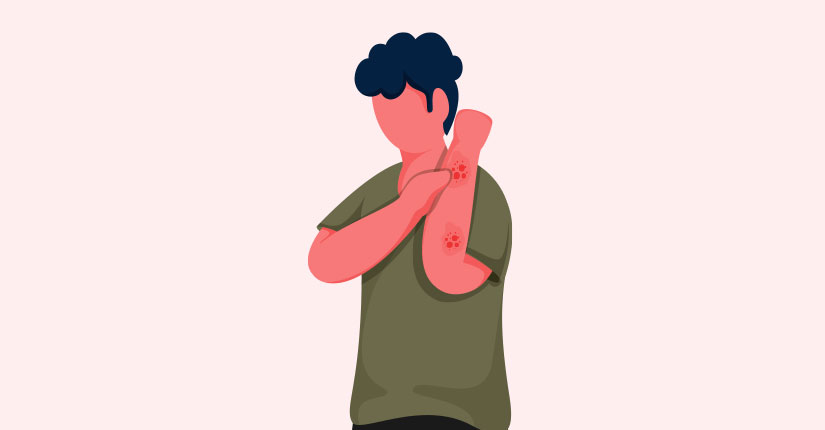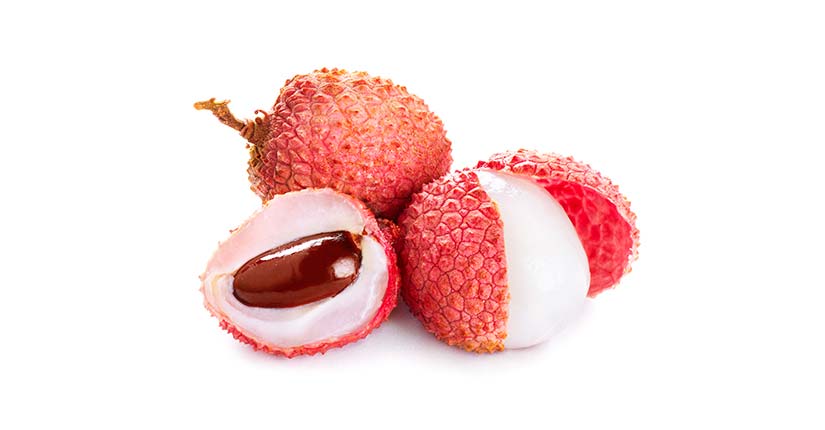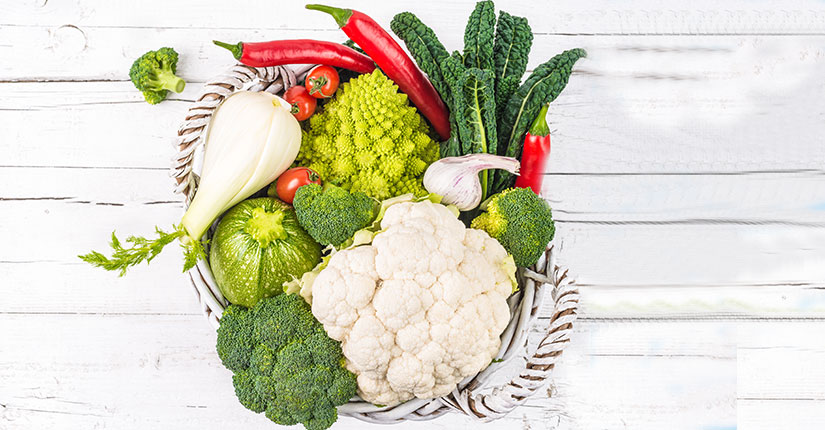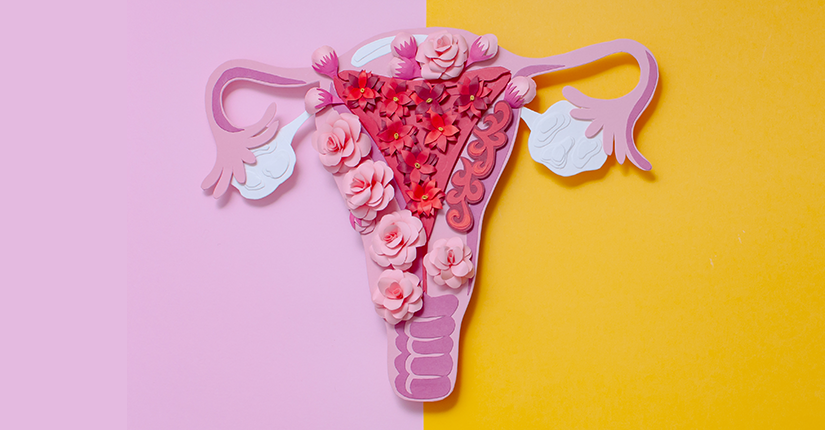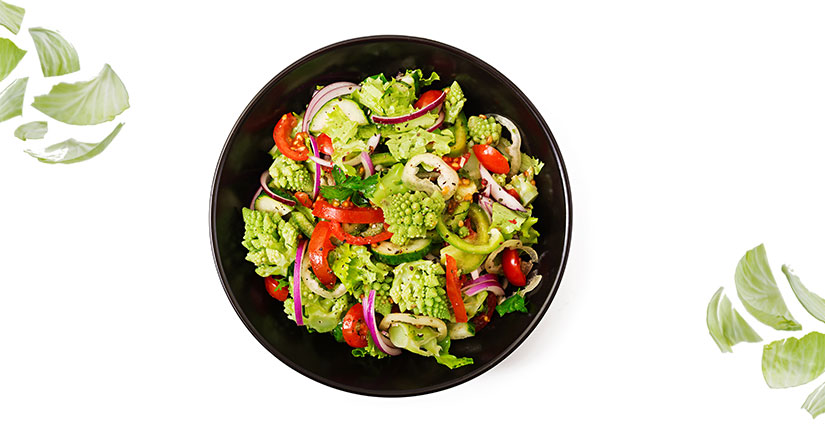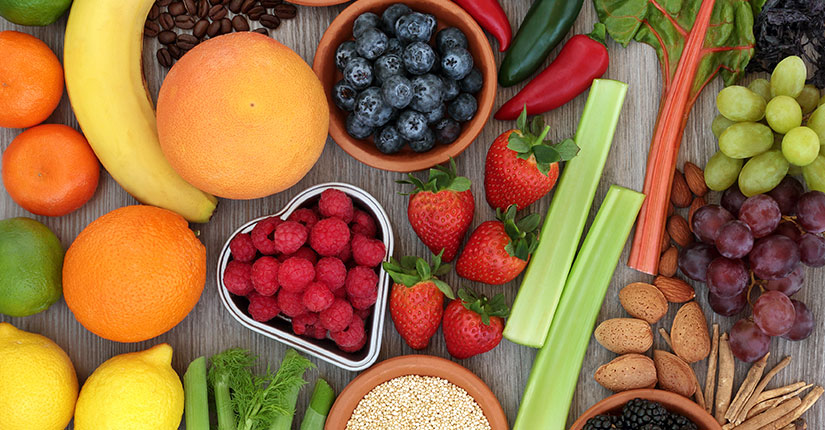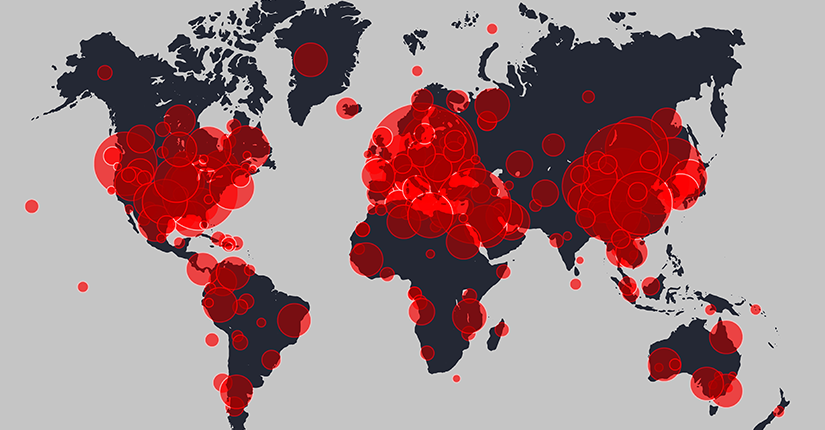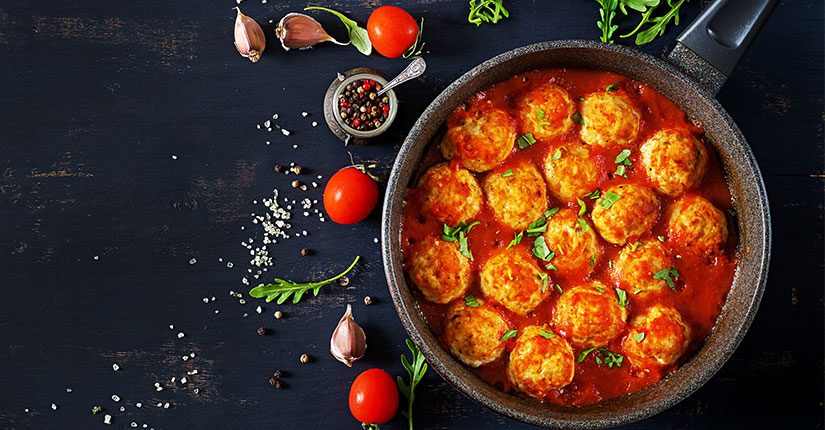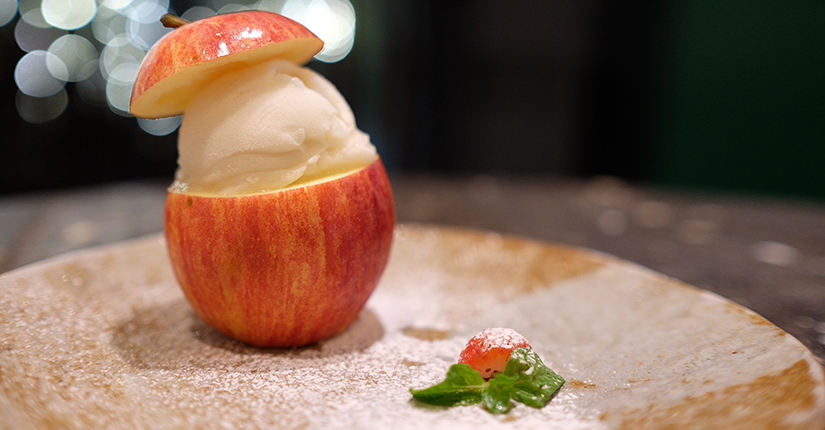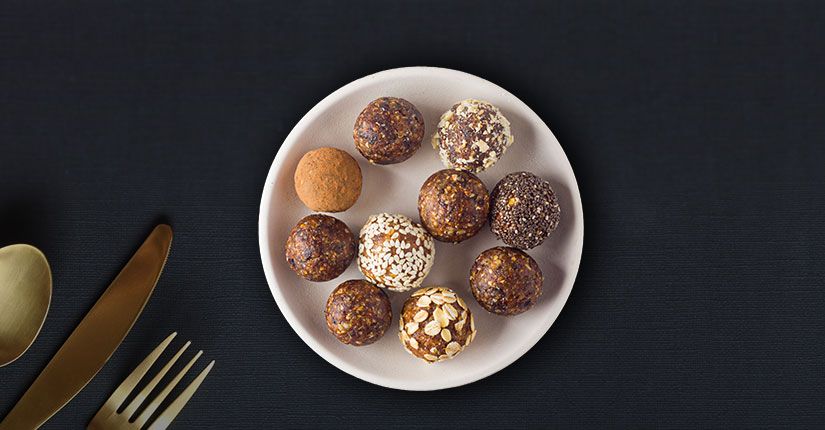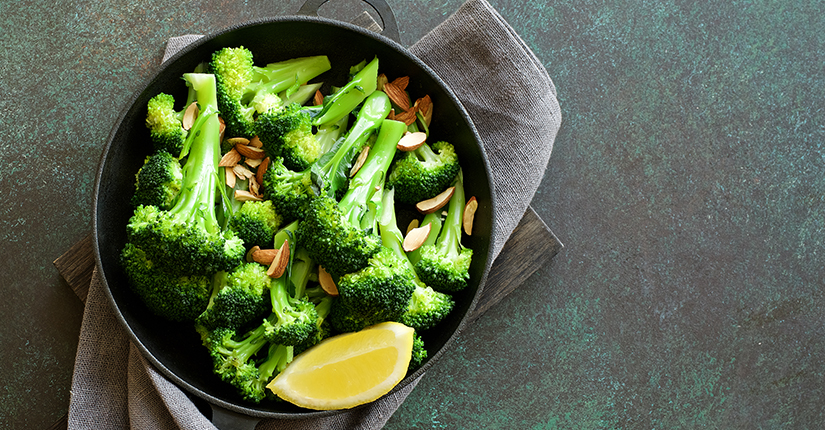Essential Dietary Approaches to Manage Hypertension
By Nmami Agarwal 17-May 2020 Reading Time: 5 Mins
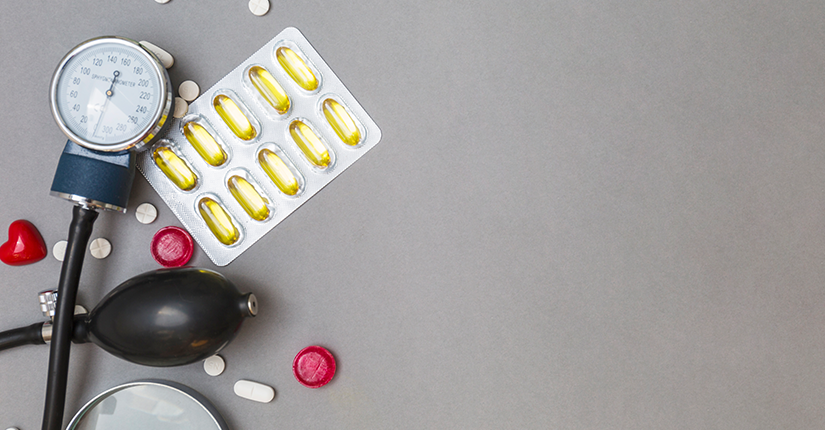
Hypertension is just another word for high blood pressure which affects billions of people around the globe. High blood pressure can be a leading cause of severe cardiovascular diseases, stroke, heart attack, and heart failure. The force that blood exerts against a person’s blood vessel walls is known as blood pressure. Hypertension essentially means that under high blood pressure, your heart works harder in order to pump blood throughout the body which can contribute to stroke and heart failure. The ideal blood pressure level is under 120/80 mmHg. Anything beyond this number is considered as high blood pressure which puts your body at risk of several heart diseases and kidney failure.
Many factors can trigger elevated high blood pressure. These are a few things that can contribute to it:
- Excess alcohol consumption
- Smoking
- Stress
- Older age
- Genetic problem
- Obesity or overweight
- Eating too much salt
- No physical activity
- Existing diabetes or kidney disease
Hypertension can give rise to a variety of complications. It can seriously damage the heart, harden the arteries, and reduce the flow of blood and oxygen to the heart. Uncontrolled hypertension can lead to angina i.e. a chest pain caused by reduced blood flow to the heart. It is a symptom of coronary artery disease. Heart failure occurs when the heart is unable to pump blood and oxygen to other body parts. Elevated blood pressure can also result in a heart attack i.e. blockage of blood supply to the heart and the heart muscle cells die due to lack of oxygen.
Diet plays a significant role in controlling high blood pressure. Scientists and doctors have acknowledged the severity of hypertension and curated a dietary approach to manage hypertension. DASH (Dietary Approach to Stop Hypertension) is recommended for people who are suffering from hypertension. The aim is to treat or prevent hypertension and reduce the risk of heart diseases. This diet majorly focuses on fruits, vegetables, lean meat, and whole grains. DASH promotes the reduction of red meat, salt, and sugary food items from the diet. The salt intake in this diet is very low making it beneficial for people with hypertension.
This is what a DASH diet includes:
- Whole grains: For example, whole grain or whole wheat bread, brown rice, oatmeal, whole-grain cereal, quinoa. 4-6 servings should be consumed in a day.
- Vegetables: All vegetables can be eaten in a DASH diet. Salad including green leafy vegetables such as kale or spinach. Try having 2-3 servings a day.
- Fruits: This diet consists of a lot of fruits. Eat 4-5 servings of fruits each day. Apricots, peaches, berries, apples, and pineapple are some fruits you can eat.
- Dairy product: Low-fat dairy products are recommended such as cheese, yogurt or skimmed milk.
- Lean meat, chicken, and fish: Try eating red meat occasionally and focus on lean meat.
- Nuts and seeds: Avoid snacking on fatty food which contains unsaturated and trans-fat instead eat more nuts and seeds such as flax seeds, peanuts, hazelnuts, sunflower seeds, and walnuts.
- Reduce salt intake: Excessive salt intake is a direct risk factor for high blood pressure. Reduce salt intake to bare minimum. Check sodium label on packaged foods and always choose low/no sodium foods. Don’t sprinkle salt over your vegetables, salad. Use more herbs to enhance flavour in place of salt.
Footnote
The rate of hypertension has risen in recent years. It is an extremely common condition faced by people around the world and adapting to a healthier lifestyle can bring a difference. Try focusing on your diet along with adapting other healthy habits to reduce or prevent hypertension.

